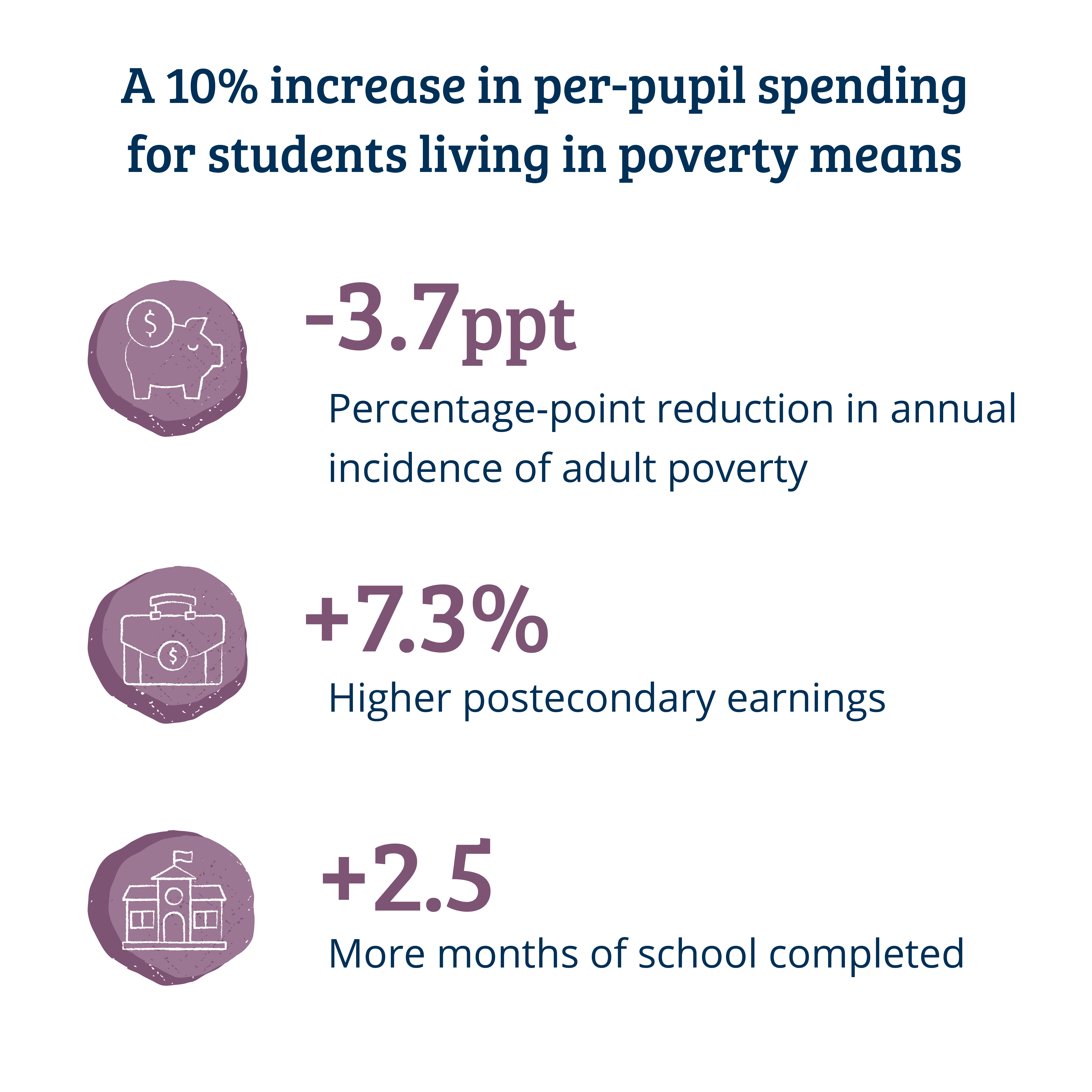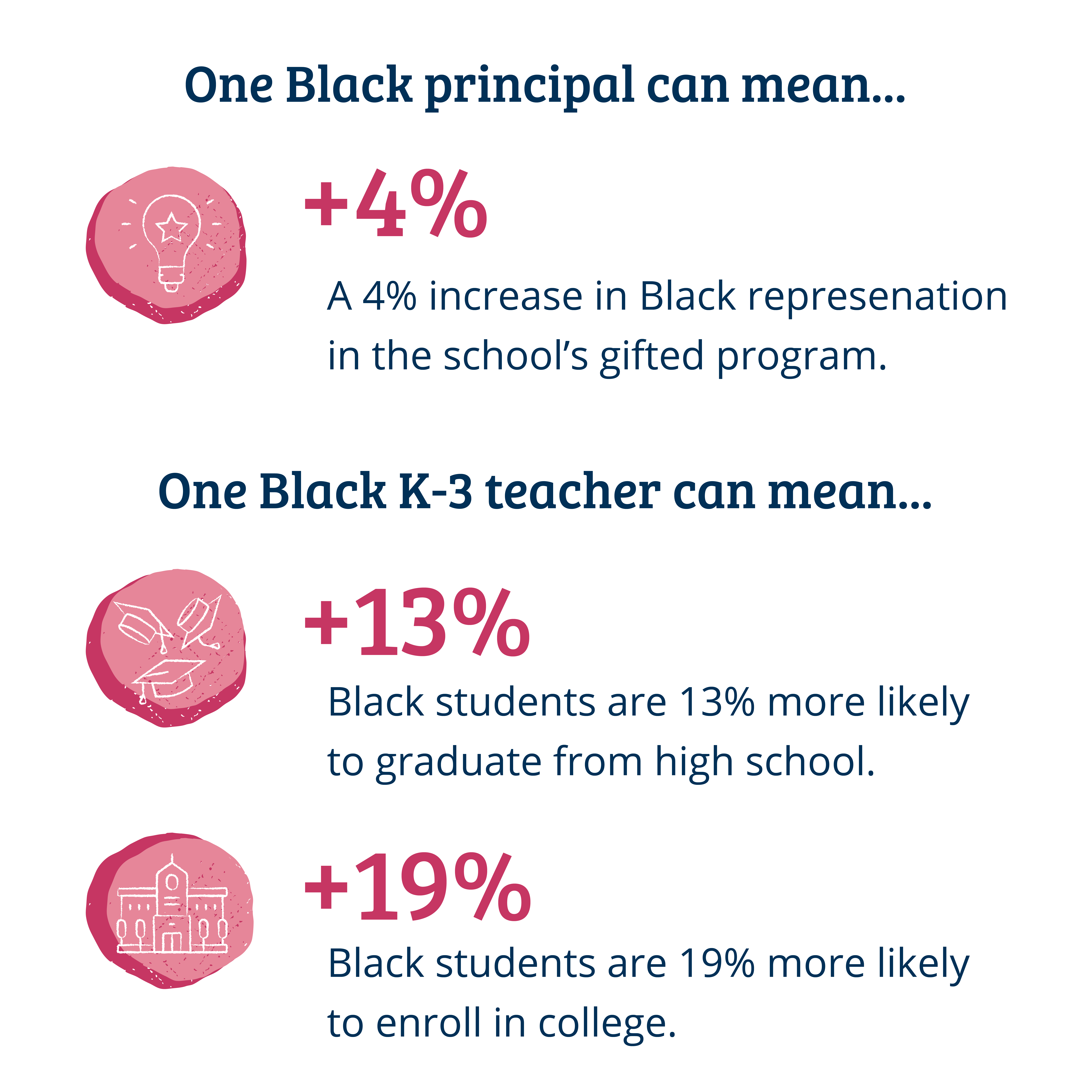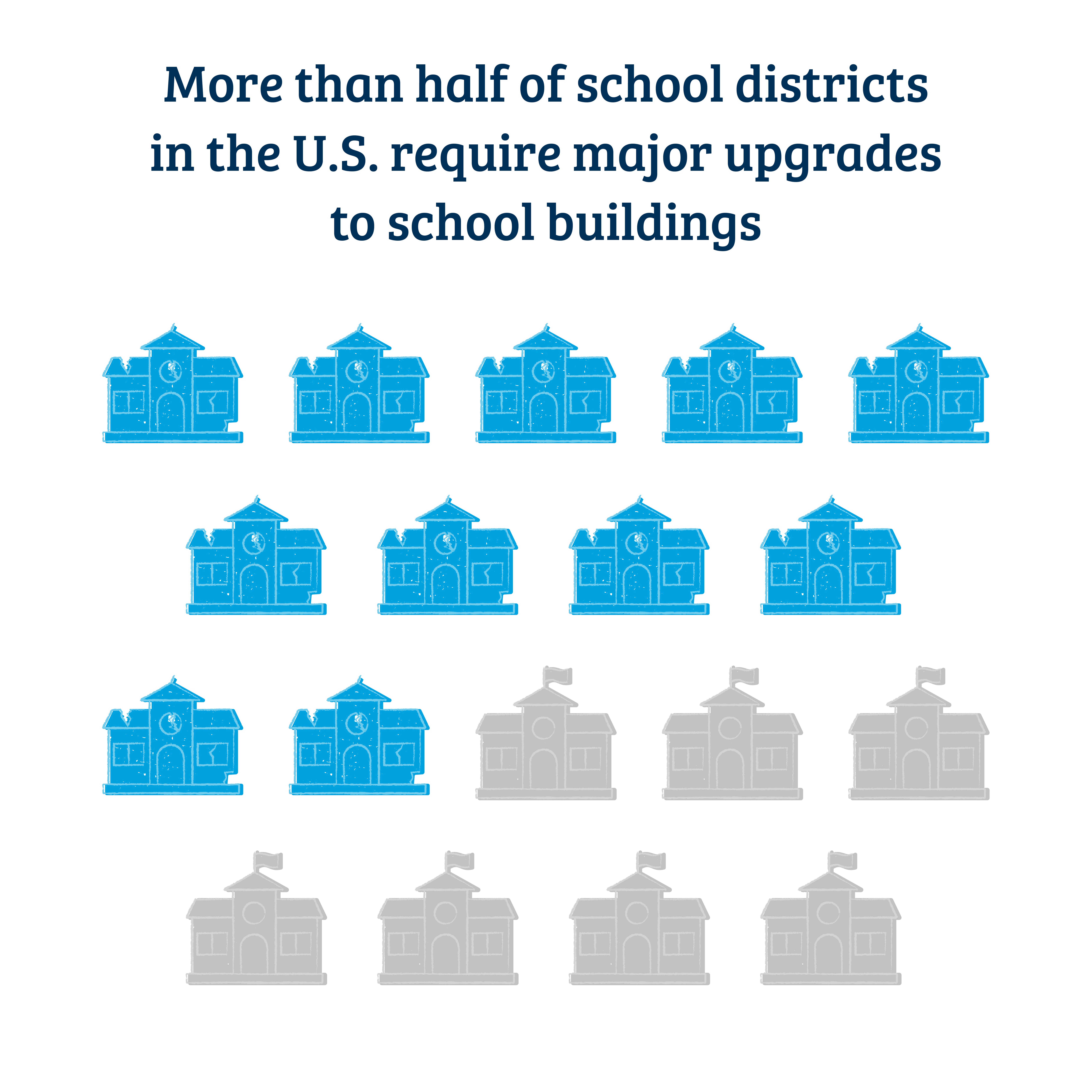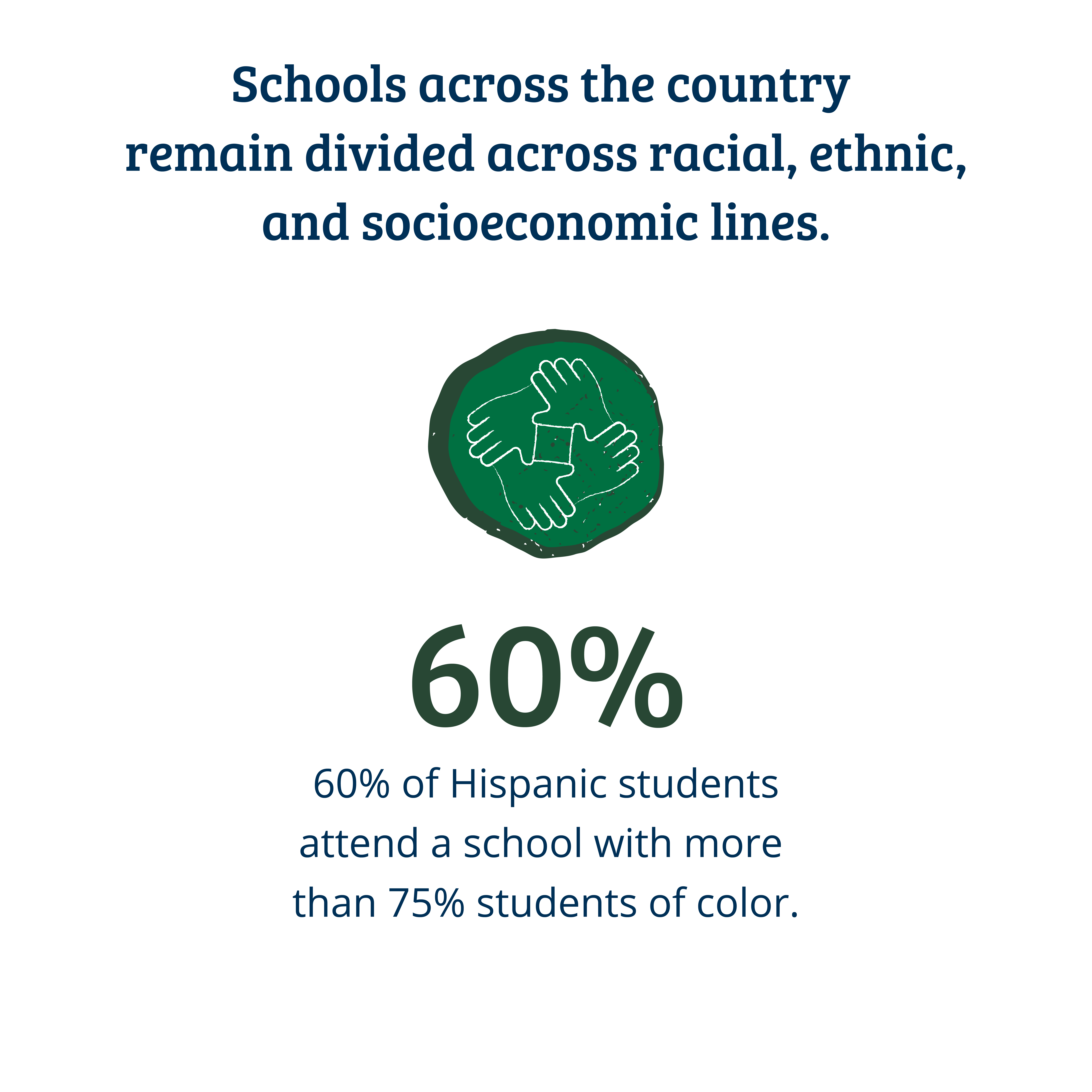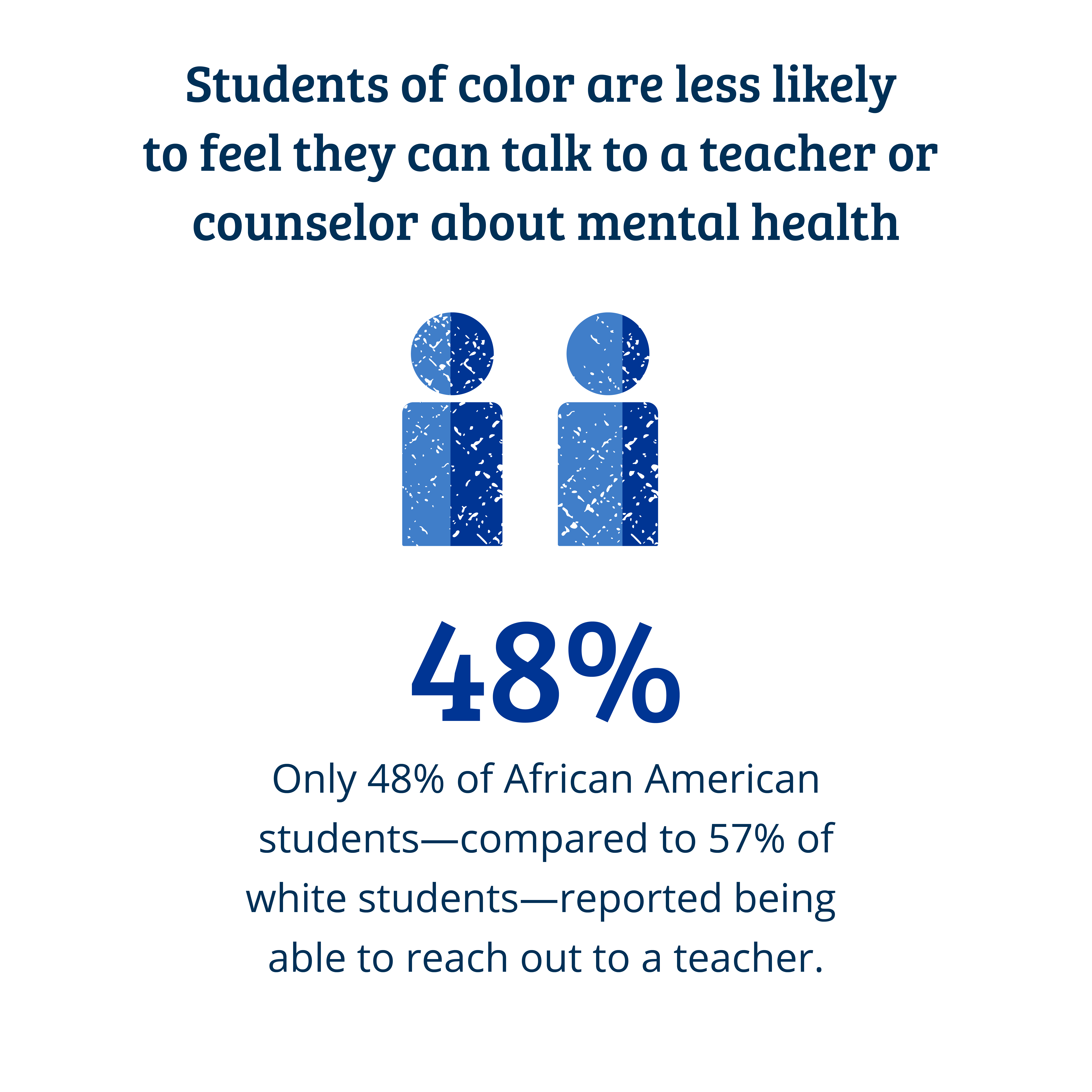Meet the Alliance for Resource Equity
We’re a team of dedicated education advocates and experts in both research and how things actually work on the ground in schools. We work closely with communities and districts across the country to ensure all students have access to the educational resources they need.
There’s an energizing, nationwide momentum building for a better system, and we’re working collaboratively to bring that vision to life.
Our primary goals? Help school systems learn about the 10 Dimensions of Resource Equity, examine their own resource inequities, and develop action plans for change.
We All Have a Role to Play
Resource equity is a collaborative, joint effort in which everyone—from the superintendents who lead strategic plans to the state leaders who set policies and the advocates who fight for reform—has an important role to play.
It’s a matter of addressing both how much money a district has and how well they use that money. And together, when each of us steps up to the challenge, we can ensure smart, strategic resource allocation that drives better outcomes.
Select your role here to learn how you can take action:
District Leaders
District Leaders
Assess resource equity across your system to identify the policy and practice changes needed to create improved learning experiences for all students.
School Leaders
School Leaders
Unpack the school-level policies and practices that may be contributing to resource inequities in your building and work with your team to address them.
State Leaders
State Leaders
Make improved outcomes for all students possible by reviewing state-level policies, leveraging statewide data collection and accountability practices, and building district leaders’ capacity to take on this work.
Advocates
Advocates
Collaborate with system leaders to foreground the community’s needs and perspectives on resource equity initiatives.
